Biohacking is the practice of managing one’s own biology using a combination of medical, nutritional, electronic, and physical interventions.
With the aim to enhance the body’s natural processes, biohackers employ various techniques and technologies to achieve better health, cognitive function, and physical performance.
Whether it’s through the adjustment of one’s diet to influence the genetic expression, the incorporation of gadgets that provide real-time biological feedback, or more invasive procedures like implantable devices, biohacking takes on many forms and scales of intervention.
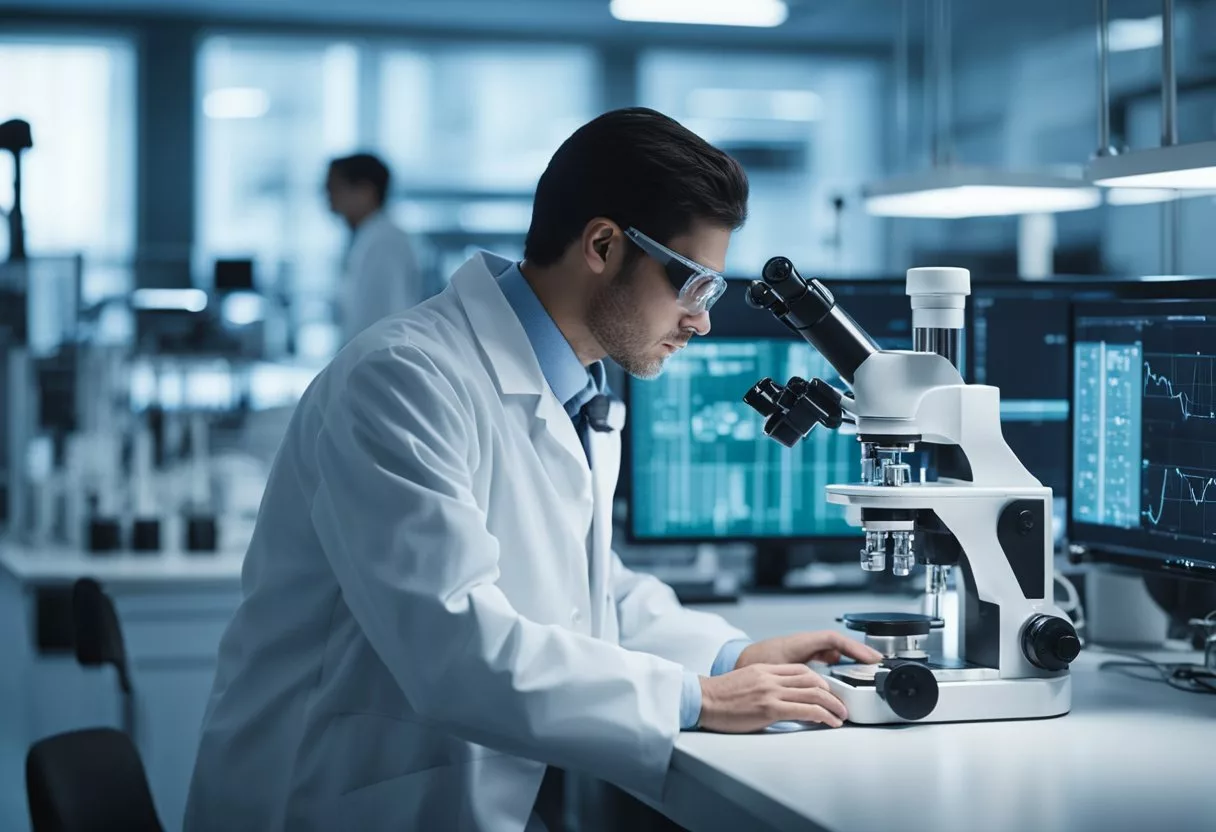
At its core, biohacking is founded on the principle of self-improvement and transhumanism: the belief in the possibility of improving the human condition through technology.
While some methods are straightforward and widely accepted, such as lifestyle changes and supplementation, others delve into more controversial territory that combines aspects of science and DIY experimentation.
This emergent field continues to push the boundaries of what is traditionally known in biology and wellness, raising both excitement for its potential and concerns about its ethical implications and safety.
Key Takeaways
-
- Biohacking includes a range of practices from nutrition to implantable devices aimed at optimization.
-
- It represents the convergence of biology and technology, seeking to enhance human capabilities.
-
- Safety and ethical considerations are crucial as the field evolves and expands.
Fundamentals of Biohacking
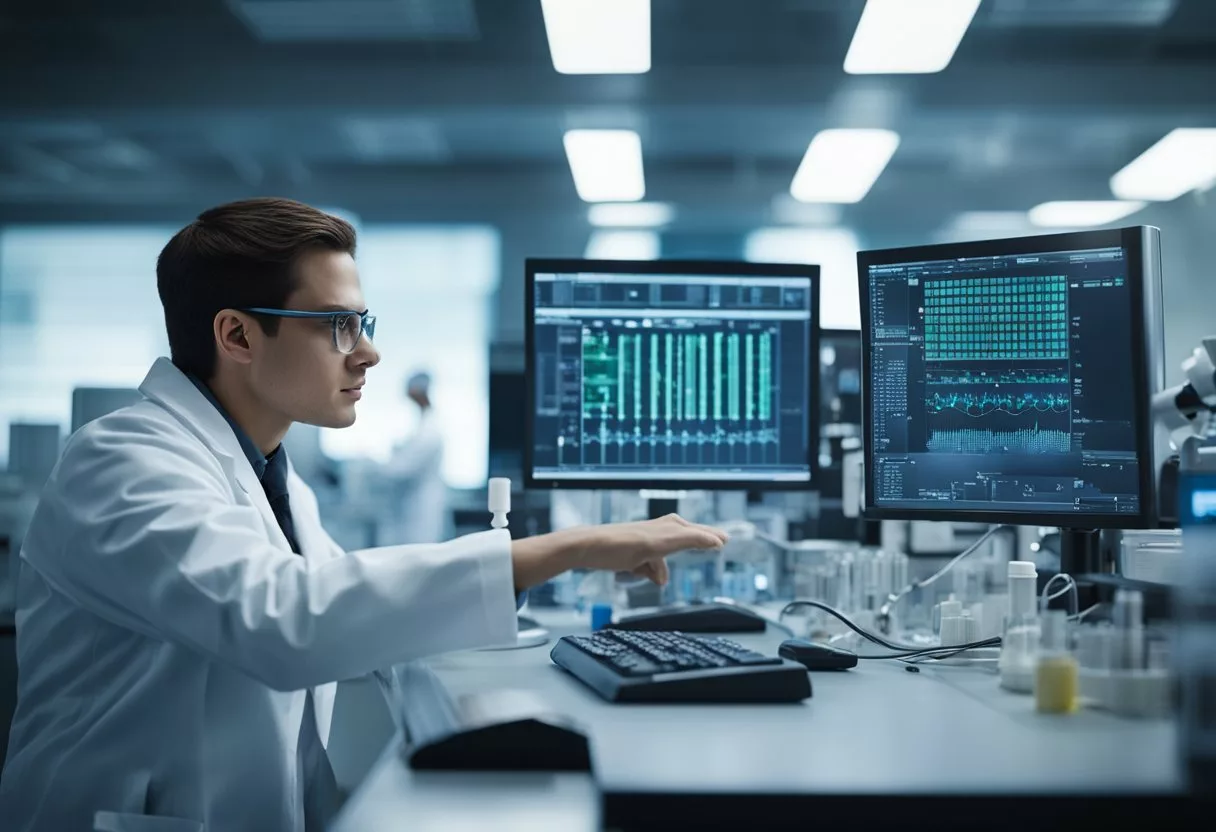
Biohacking encompasses techniques and practices that integrate technology, do-it-yourself biology, and self-experimentation to enhance health, well-being, and physical performance.
It is grounded in the belief that we can lever technology and biology to optimize ourselves.
Defining Biohacking
Biohacking, at its core, involves a systems-based approach to personal health and biology.
It can take the form of dietary interventions, lifestyle changes, and technological innovations aimed at making fine-tuned adjustments to one’s biology.
Silicon Valley pioneers, such as Dave Asprey, have popularized certain aspects of biohacking, promoting it as a means to achieve an enhanced state of human function.
History and Evolution
Biohacking’s origins are closely tied to the fields of DIY biology and transhumanism, with roots in hacker culture and the technological innovation ethos of regions like MIT and Silicon Valley.
Early forms of biohacking emerged from individuals experimenting with DIY biology, ultimately evolving into a broader movement intertwining aspects of health, technology, and self-empowerment.
Principles of Biohacking
Principles of biohacking revolve around the idea that individuals can enact changes within their own DNA and biological systems, often using data and engineering principles.
This practice demands a high degree of safety and ethical consideration, as it often involves direct alterations to living organisms.
Biohacking splits into different branches, some focusing on lifestyle and well-being, while others delve into more complex areas such as genetic engineering and synthetic biology.
Biohacking Techniques and Methods
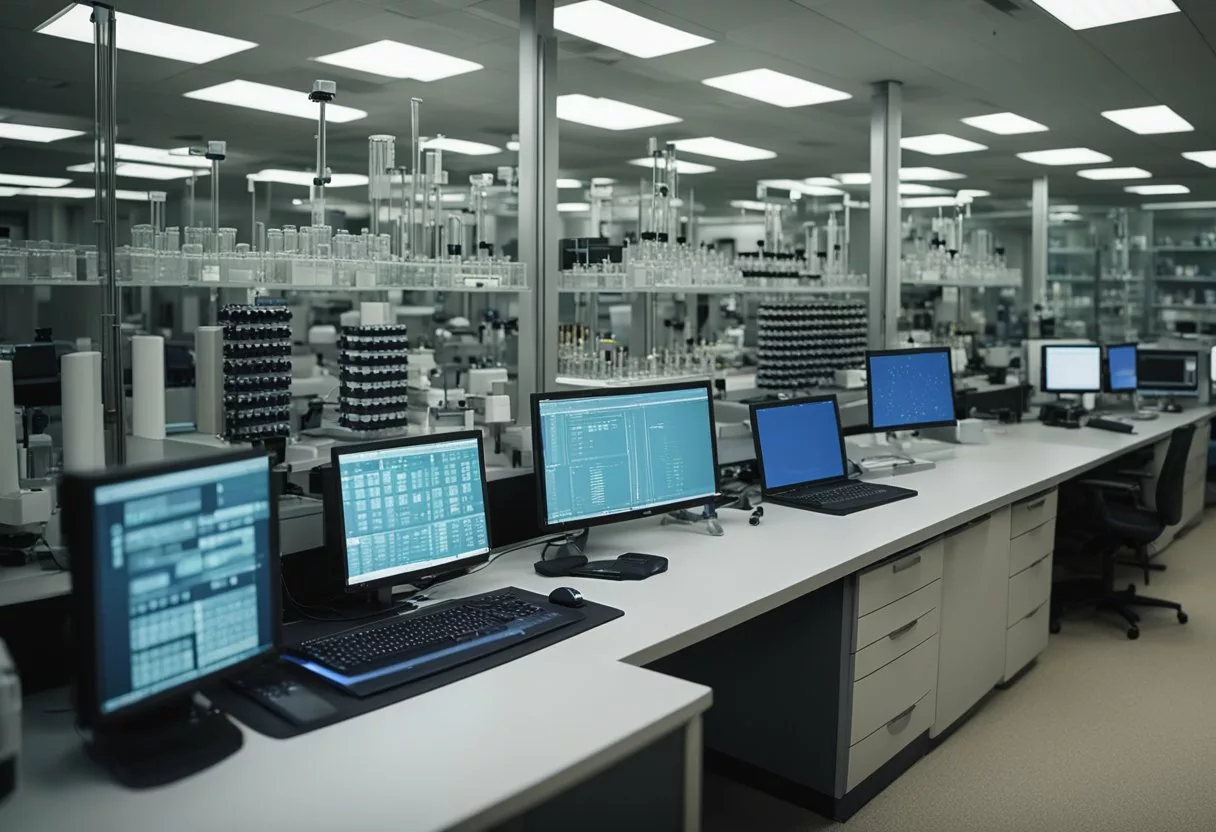
Biohacking encompasses a variety of practices aimed at enhancing an individual’s health and performance.
It applies scientific principles to nutrition, physical activity, cognitive functions, and biological experimentation.
Nutritional Biohacking
Diet and nutrition play central roles in nutritional biohacking, focusing on optimizing body composition and improving mental performance.
Techniques often involve intermittent fasting to regulate blood sugar levels, and the Bulletproof diet which advocates for high-fat, low-carbohydrate intake paired with coffee to manage appetite.
Supplementation with vitamins and minerals is also common to address deficiencies and support overall health.
-
- Common Supplements: Omega-3s, Magnesium, Zinc
-
- Dietary Practices: Intermittent fasting, Ketogenic diet
Physical and Exercise Biohacking
This aspect refers to leveraging exercise regimes and wearables to enhance physical performance and lifestyle.
Wearable devices measure various metrics such as heart rate and quality of sleep, providing data to fine-tune one’s fitness routine for increased productivity.
-
- Exercise Methods: High-Intensity Interval Training (HIIT)
-
- Wearables: Activity trackers, Sleep monitors
Cognitive Enhancement
Cognitive biohacking encompasses methods to improve mental performance and productivity.
This includes taking nootropics, known as smart drugs, and engaging in neurofeedback exercises to enhance brain function.
Caffeine is a widely used stimulant that aids in maintaining alertness.
-
- Nootropics: Modafinil, Racetams
-
- Techniques: Meditation, Dual N-Back Training
DIY Biology and Gene Editing
At the cutting edge of biohacking is DIY biology and gene editing, where individuals experiment with genetic engineering techniques such as CRISPR technology to alter genes in organisms.
Backed by scientific evidence, these practices are often controversial but offer vast potential in understanding and manipulating human genes for health benefits.
-
- Tools: CRISPR-Cas9 kits
-
- Focus Areas: Genetic diseases, Longevity research
Biohacking for Health Optimization
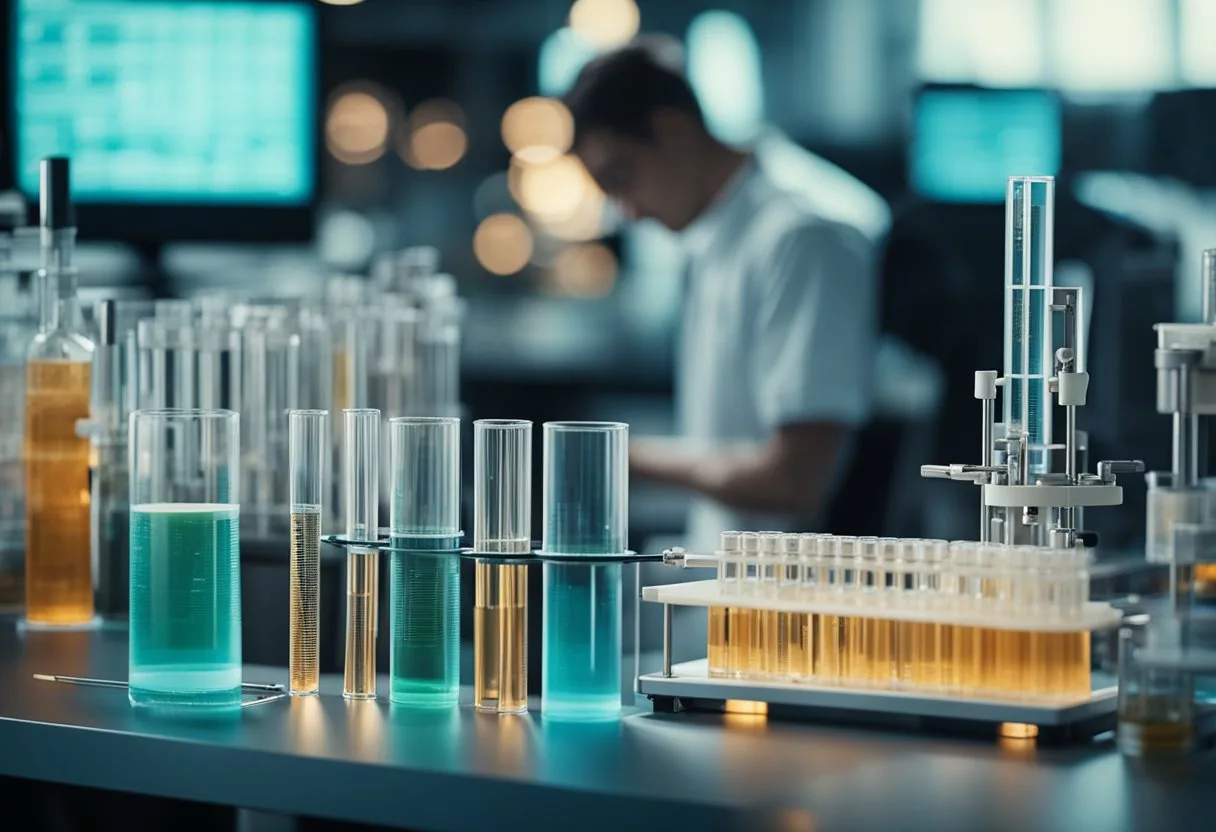
Biohacking for health optimization involves the strategic alteration of one’s lifestyle and environment to improve overall health and enhance physical and cognitive abilities.
It encompasses a systematic approach to personal health that may include tailored nutrition, fitness routines, and the use of technology to monitor various biomarkers.
Monitoring and Self-Quantification
The foundation of biohacking is the meticulous monitoring and self-quantification of health metrics.
Activities in this category often involve the use of continuous glucose monitors to track blood sugar levels, helping one understand how diet affects insulin sensitivity.
Blood tests are performed regularly to gauge various health indicators, such as vitamin D levels, enabling more informed dietary choices.
Devices that measure heart rate and blood pressure provide real-time feedback on cardiovascular health, influencing exercise regimens for optimal physical performance.
Longevity and Life Extension
Seekers of longevity and life extension focus on practices that aim to prolong life and enhance the quality of living.
Adherents might employ a combination of dietary adjustments, supplements like magnesium, and exercise tailored to their unique biological makeup, determined through comprehensive blood testing.
Companies like InsideTracker offer personalized nutrition and lifestyle recommendations based on individual biomarker data to support this aspect of biohacking.
Stress and Recovery
Effective biohacking equally prioritizes stress and recovery, both crucial to maintaining overall health and wellness.
Techniques such as meditation, controlled exposure to cold and heat, and mindful breathing are employed to manage stress and aid in recovery.
Biotechnology such as red light therapy devices manipulates environmental factors to maximize the body’s natural healing processes, while also seeking to burn fat and boost recovery.
Biohacking Tools and Technology

Biohacking encompasses a range of tools and technologies aimed at enhancing the human body’s performance and well-being.
From cutting-edge devices that monitor biological data to sophisticated software that helps optimize lifestyle choices, biohackers utilize a variety of interventions to influence the body’s systems and slow the aging process.
Cutting-Edge Devices
Within the biohacking community, cutting-edge devices are fundamental.
Wearables like smartwatches, Fitbit, and the Oura Ring are popular for tracking vital signs such as heart rate and sleep patterns, providing insights into one’s health.
Another notable tool in the biohackers’ arsenal is the hyperbaric chamber, which uses increased atmospheric pressure to enhance oxygen delivery to tissues, potentially aiding in recovery and brain function.
-
- Smartwatches: Continual tracking of biometrics
-
- Oura Ring: Sleep and activity monitoring
-
- Hyperbaric chambers: Augmenting oxygen supply to the body
Research into technologies like cryotherapy machines supports their use in reducing inflammation and accelerating recovery.
These gadgets represent just the tip of the technological iceberg in the quest to refine and augment human capabilities.
Software and Apps for Biohacking
Software plays a pivotal role in the analysis and application of biohacking techniques.
Apps designed for biohacking help users implement lifestyle changes such as diet adjustments, exercise regimens, and meditation practices.
They can synthesize data from various sources to give an overarching view of one’s health and suggest modifications to enhance well-being.
-
- Software for diet and exercise analysis
-
- Apps that guide meditation and mindfulness
Applications extend beyond lifestyle management to include platforms that aid in tracking the effectiveness of supplements like creatine, a popular substance among biohackers for its role in improving muscle energy and overall physical performance.
Technology and research continue to evolve, offering new software solutions to better understand and influence the complex processes of the human body.
Ethical and Safety Considerations
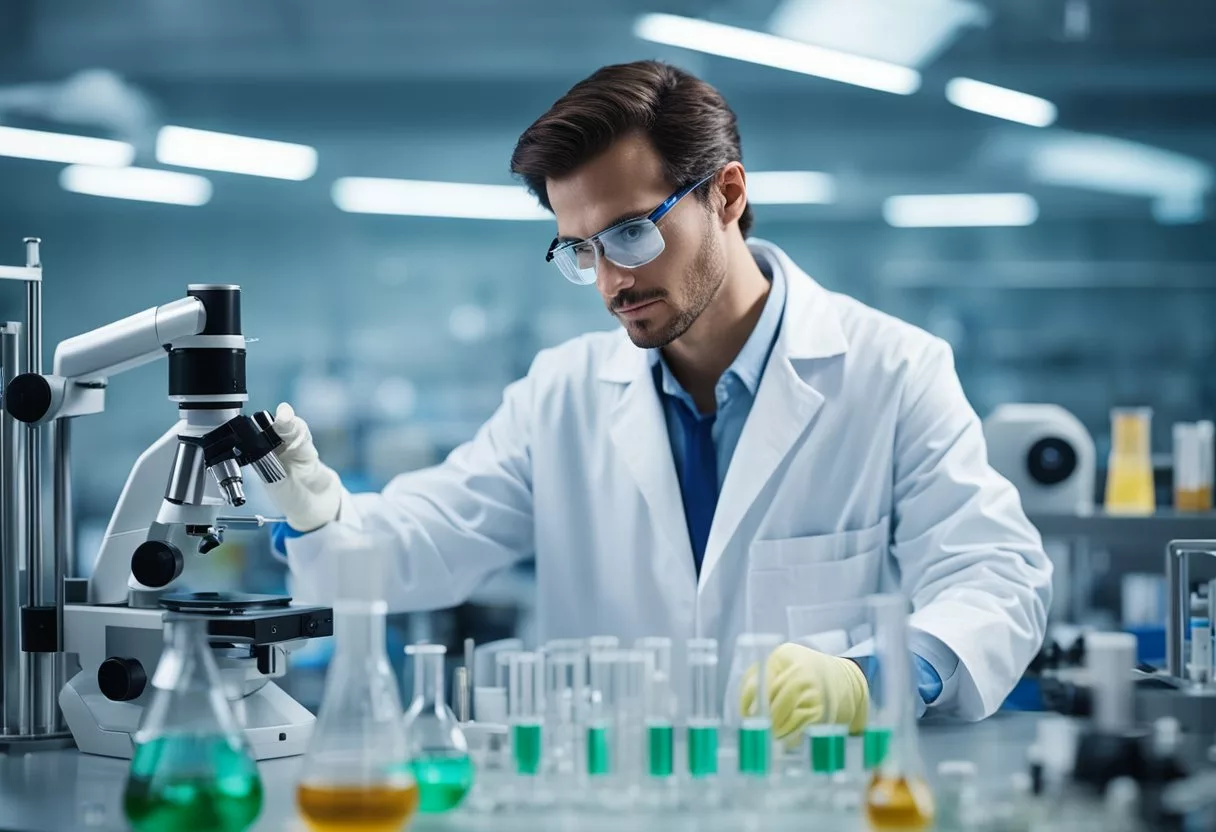
As biohacking blurs the lines between cutting-edge science and do-it-yourself experimentation, the ethical and safety considerations become increasingly pronounced.
These concerns range from regulatory adherence and legal accountability to the potential health risks posed by experimental practices.
Regulations and Legal Challenges
Regulations: Biohacking operates in a grey area where regulatory oversight is often outpaced by the speed of innovation.
The FDA plays a critical role in ensuring safety as they evaluate the claims and practices within both the traditional medical community and the biohacking sphere.
However, the range of activities considered under biohacking, such as grinder biohacking or young blood transfusions, often evade stringent FDA guidelines due to their classification outside conventional therapies.
Legal Challenges: With self-experimentation a common practice among biohackers, legal challenges arise from the lack of clear jurisdiction over personal versus public health concerns.
The legality of certain practices, like human augmentation, can often be controversial and lead to debates about individual freedoms versus community safety.
Risks and Health Concerns
Risks: The pursuit of enhancement through biohacking—whether it be through genetic modification, cybernetic implants, or chemical supplements—carries inherent health concerns.
The caution exercised by amateur and professional biohackers alike must be proportionate to the level of risk involved in their interventions.
Risky interventions without professional oversight could lead to unintended and possibly detrimental health outcomes.
Health Concerns: Given the controversial nature of practices such as grinder biohacking, which involves implanting devices into the body, there’s a significant concern for infections or rejections.
Similarly, other practices like young blood transfusions have made headlines but lack empirical evidence to support their efficacy and safety.
It’s crucial that biohackers and the public carefully evaluate these procedures and consider the long-term health implications.
The Social and Cultural Impact of Biohacking
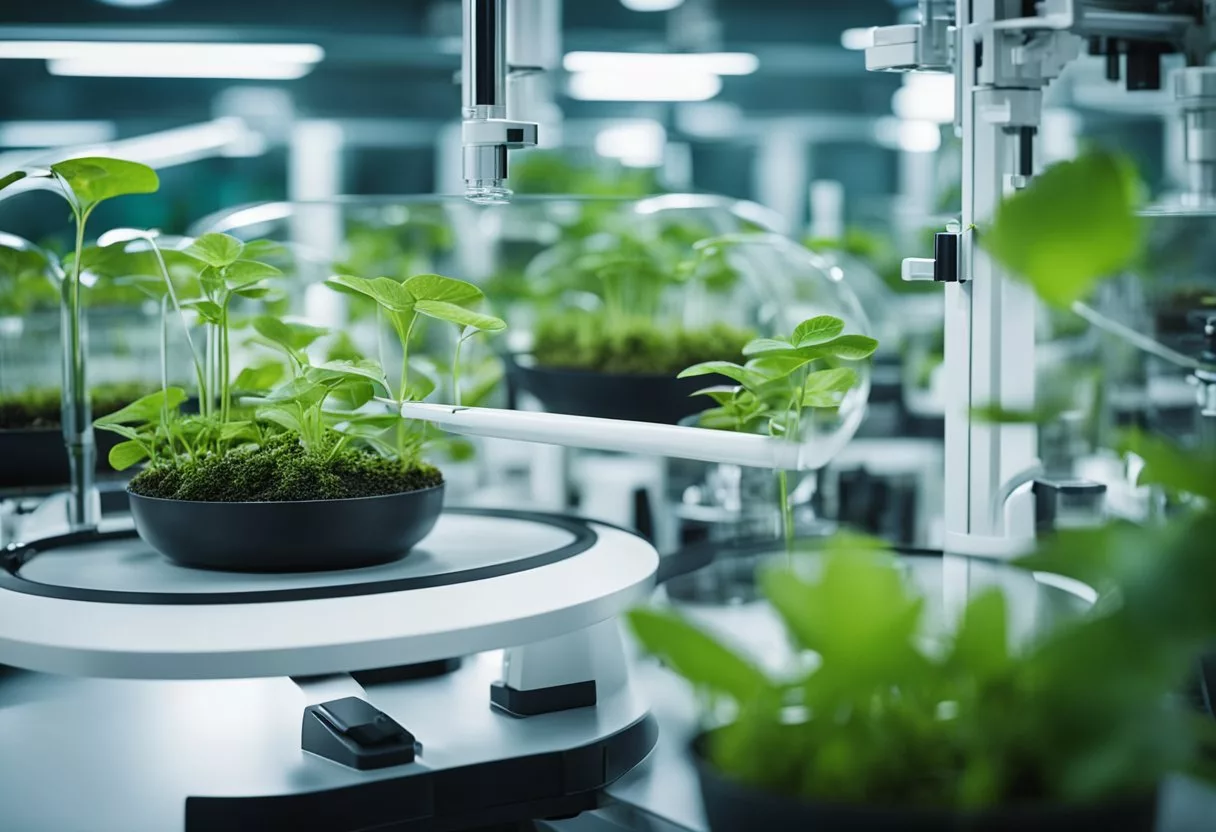
Biohacking has woven itself into the fabric of society, impacting both the biohacking community and its portrayal in popular media.
Biohacking Community and Culture
The biohacking community is a tapestry of individuals ranging from Silicon Valley technopreneurs to everyday wellness enthusiasts.
They share a common goal: optimizing human potential through self-experimentation in health and biology.
The culture around it is one of open-source collaboration, with “grinders” — biohackers who experiment with body modifications — pushing the boundaries of what is scientifically achievable.
Figures like Twitter CEO Jack Dorsey have publicly engaged in biohacking practices, including meditation and intermittent fasting, which has played a role in shedding light on these communities.
Biohacking in Popular Media
Popular media has been key to the popularization of biohacking.
Mainstream media outlets often document Silicon Valley’s interest in life extension and the performance-enhancing practices adopted by its elite, which has contributed to both public intrigue and skepticism.
The portrayal ranges from factual documentaries to dramatized accounts, shaping public perception of biohacking as either a pioneering field of science or a hobbyist’s pursuit.
Mainstream media’s discourse has ensured that biohacking remains a topic of interest to the general public, highlighting its potential societal implications.
The Future of Biohacking

Biohacking is at the cusp of revolutionizing how we interact with and enhance our biological selves, with pioneering figures like Dave Asprey and Jack Dorsey contributing to its popularity.
This evolution is bringing about sophisticated methods for boosting longevity, mental performance, and, ultimately, human enhancement.
Advancements and Innovations
Recent years have seen biotechnology and engineering coalesce to drive substantial progress in biohacking.
Innovations such as CRISPR technology are not just hypothetical discussions but are actively forging paths towards genetic enhancement and potential life extension.
Stem cells are becoming a cornerstone, aiding in tissue repair and regeneration, while crossover with neurofeedback and wearables offers real-time insights into brainwaves and bodily functions, optimizing mental performance.
The Quest for Superhuman Capabilities
The pursuit of superhuman qualities through biohacking represents not just a niche interest but a branch of transhumanism, aiming to transcend biological limitations.
Techniques like the use of hyperbaric chambers for enhanced recovery and cyborg-like integrations hint at a future where biological and technological augmentation could render current abilities rudimentary.
The aim is not just augmentation for its own sake, but to also address degenerative diseases and aging, turning the tide on our understanding of longevity.
Conclusion

Biohacking encompasses a broad spectrum of practices that aim to augment human health and performance.
This encompasses a range of activities from simple lifestyle changes to sophisticated technological interventions.
Individuals engage in biohacking with a focus on enhancing their well-being and optimizing their body’s potential.
Practitioners advocate for a methodical approach to self-improvement, incorporating regular evaluation of their body’s responses to various hacks.
It’s not just about quick fixes but about making sustainable changes to one’s lifestyle.
Biohacking can involve practices such as adjusting sleep patterns, diet, exercise, and even incorporating devices or supplements that aid in performance enhancement.
A key to biohacking’s potential success is education and responsible practice.
Enthusiasts must stay informed of the latest scientific research and adhere to safety guidelines to avoid adverse effects.
As with any health-related endeavor, it’s crucial to approach biohacking with caution and, ideally, under the guidance of professionals.
Frequently Asked Questions
Biohacking incorporates various strategies aimed at enhancing health and wellness by self-experimentation. The questions below are common inquiries about integrating these practices into one’s lifestyle.
How can one incorporate biohacking into their diet?
Individuals can integrate biohacking into their diet by focusing on nutrient-dense foods and personalizing their nutrition based on genetic data or blood tests. Utilizing data to tailor dietary choices is a core principle of dietary biohacking.
What are the most effective biohacking treatments available?
The efficacy of biohacking treatments can vary widely, but popular methods include nootropics for cognitive enhancement, intermittent fasting for metabolic health, and cold therapy for inflammation reduction. These treatments have garnered attention for their positive anecdotal and, in some cases, research-backed results.
Who are some noteworthy figures in the biohacking community?
Notable figures in the biohacking scene include Dave Asprey, famous for popularizing ‘Bulletproof Coffee’, Tim Ferriss, known for his “4-Hour” self-improvement books that delve into biohacking, and Gary Brecka, co-founder of 10X Health System. These individuals have significantly influenced biohacking culture and practices.
Which books offer the best insights into biohacking practices?
Books like “The Biohacker’s Handbook” provide a comprehensive guide to biohacking, covering topics from sleep to nutrition. Another influential title is “Life 3.0” by physicist Max Tegmark, exploring the future of AI and its potential in human enhancement.
What are the recommended supplements for biohacking?
Supplements such as omega-3 fatty acids, vitamin D, and probiotics are frequently cited for their role in optimizing bodily functions. However, the right supplements for biohacking are highly individualistic and should be chosen based on personal health needs and goals.
What are the initial steps for beginners interested in biohacking?
Beginners should start with simple hacks, such as improving sleep hygiene, implementing mindfulness and meditation, or tracking their activity levels.
It’s important to approach biohacking with a mindset focused on gradual improvement and to consult health professionals when in doubt.
